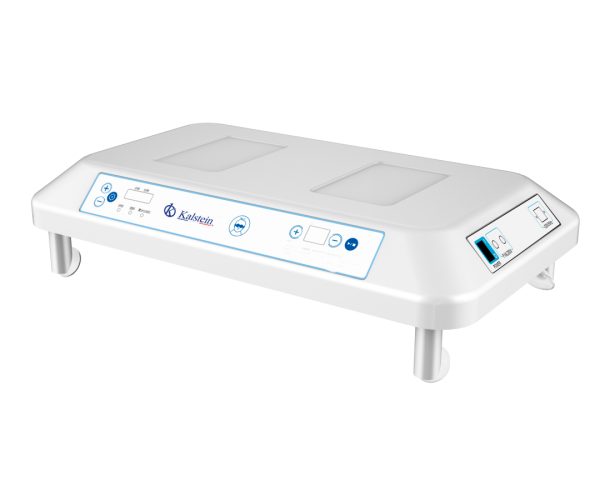Phototherapy is one of the most widely used treatments in medicine to treat hyperbilirubinemia, a condition that occurs when the level of bilirubin in the body is high, the treatment involves exposure to ultraviolet light, which helps break down bile pigments in the blood.
Phototherapy is also used to treat conditions such as blue box head syndrome, atopic dermatitis and psoriasis; although this therapy has been widely studied and accepted as an effective method to reduce bilirubin levels in the blood, the exact pathophysiological mechanisms involved in the process have not yet been fully determined.
Verification of mechanisms to implement phototherapy
This review will focus on the study of the pathophysiological mechanisms involved in phototherapy for hyperbilirubinemia, ultraviolet light produces a significant chemical change in bile pigments, this is achieved through the process of photoenchanting, where free radicals form chemical bonds with the pigment bilirubin.
This chemical reaction allows photons to break the bonds between the pigment atoms, thereby reducing their size and solubility in the blood; this is known as ‘bilirubin conversion’. When exposed to ultraviolet light, pigments are oxidized to form basic compounds called coproporphyrins.
These compounds are more easily excreted through the urinary system, resulting in a decrease in the level of bilirubin in the blood.
Benefits obtained in phototherapy by reviewing pathophysiological mechanisms and drug implementation
On the other hand, the conversion of bilirubin results in an improvement in the function of the affected organs, recent studies suggest that the effect of phototherapy can be further improved with the simultaneous use of drugs, such as jaundice, which helps the elimination of bilirubin through the gastrointestinal tract.
This works by dissipating internal resistance to bilirubin movement through the bile ducts; these drugs also help stimulate bilirubin synthesis, resulting in increased amount of bilirubin pigment in the bloodstream and increasing the amount of pigment that can be removed through phototherapy.
Effectiveness in the phototherapy process
In addition to the pathophysiological mechanisms described above, other factors influence the efficacy of phototherapy, such as the length and potency of the ultraviolet light used and the type and quantity of contrast agents used.
For example, it has been documented that the intensity of ultraviolet light affects the performance of phototherapy. This is because the more intense the level of ultraviolet light, the greater the degree of bilirubin conversion in the bloodstream.
Recommendations for the correct implementation of phototherapy
It is recommended to use the lowest possible levels of contrast media to minimize the toxic side effects of the media in patients, phototherapy is one of the most used treatments to decrease bilirubin levels in the blood.
This therapy, although mostly safe and effective, may present certain risks if not managed correctly.
Also, ultraviolet light is a key factor in the oxidation process where various chemical changes occur in bile pigments, allowing the elimination of bilirubin through the bloodstream.
Kalstein as a manufacturing company offers you the following equipment
Dear customer, just click on the following link HERE and you will be able to observe the different models of phototherapy units.
Visit us on our website HERE and you can enjoy great offers, prices without competition, and only we as MANUFACTURERS can guarantee your effective purchase.
In conclusion, although there are still more studies that are being done to better understand the pathophysiological mechanisms of phototherapy, the results of the available studies indicate that this therapy is safe and effective for the treatment of hyperbilirubinemia.

